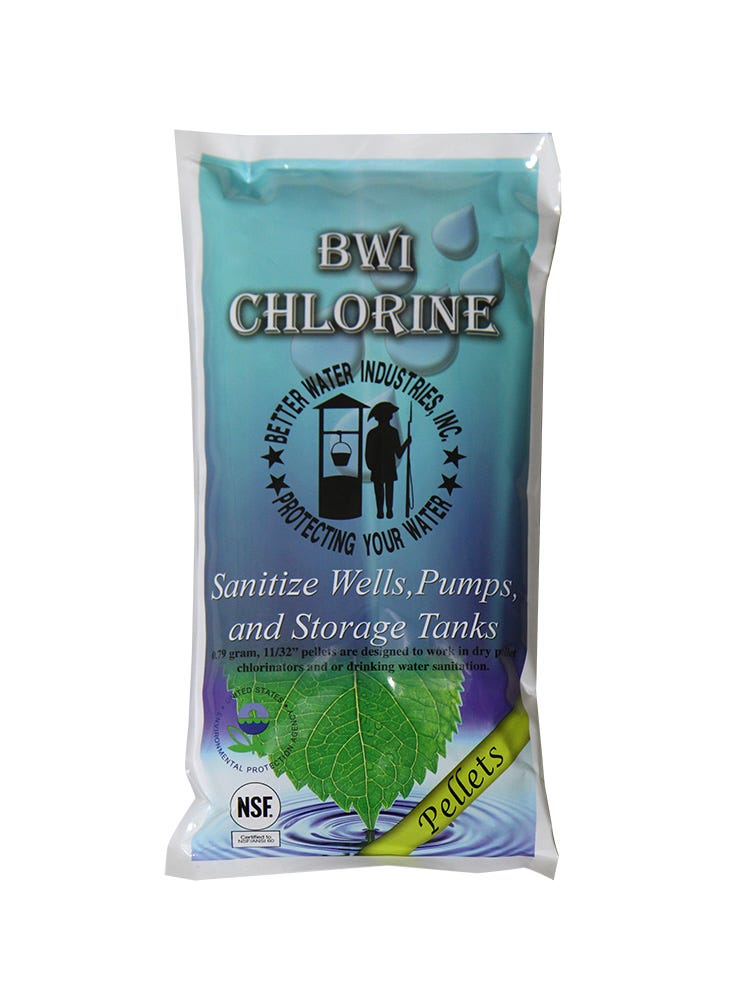Trepidation
Broken Robot
- Messages
- 15
- Reaction score
- 0
- Points
- 1
Hello,
I have a place on rural water that I ripped out the water heater, canister filter, and old water softener. The canister appeared to have become a bacteria farm from sitting too long and the softener was very 1970's and didn't appear to have been serviced ever. The hot water had a very, bad smell, which after asking my neighbors it seemed to be an issue isolated to my place. Not sure if this is from the house sitting empty for so long.
I'd like to start assembling things with new equipment and parts, and I don't know what I can or should test for. By the signs in the tub, heavy scale and iron stains on top of them. Eventually everything is getting replaced, I'd like to make sure any new appliances or fixtures have a degree of protection before they are installed.
What do I need to test for, if for anything just to know where to start? I've spoken with water testing places before when dealing with my primary residence, but they usually don't have any suggestions, just questions I don't have answers for. What is the fastest way to get results?
I have a place on rural water that I ripped out the water heater, canister filter, and old water softener. The canister appeared to have become a bacteria farm from sitting too long and the softener was very 1970's and didn't appear to have been serviced ever. The hot water had a very, bad smell, which after asking my neighbors it seemed to be an issue isolated to my place. Not sure if this is from the house sitting empty for so long.
I'd like to start assembling things with new equipment and parts, and I don't know what I can or should test for. By the signs in the tub, heavy scale and iron stains on top of them. Eventually everything is getting replaced, I'd like to make sure any new appliances or fixtures have a degree of protection before they are installed.
What do I need to test for, if for anything just to know where to start? I've spoken with water testing places before when dealing with my primary residence, but they usually don't have any suggestions, just questions I don't have answers for. What is the fastest way to get results?


